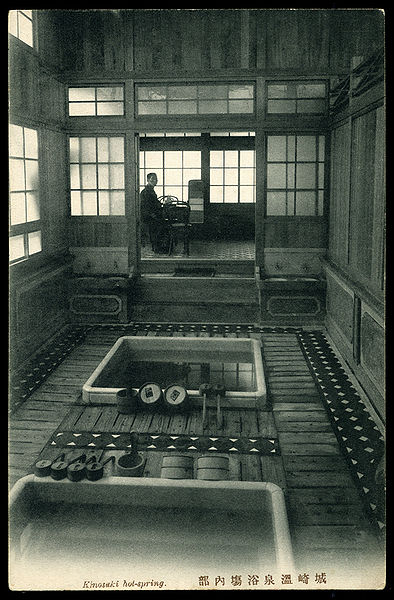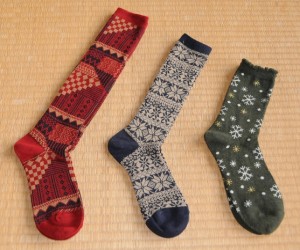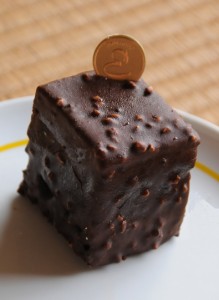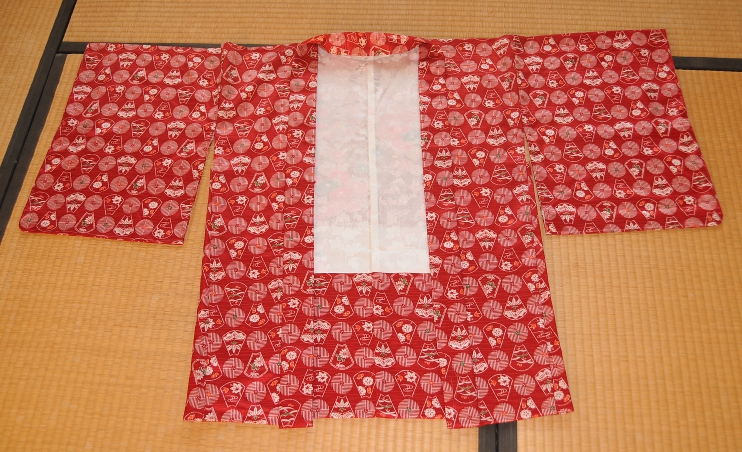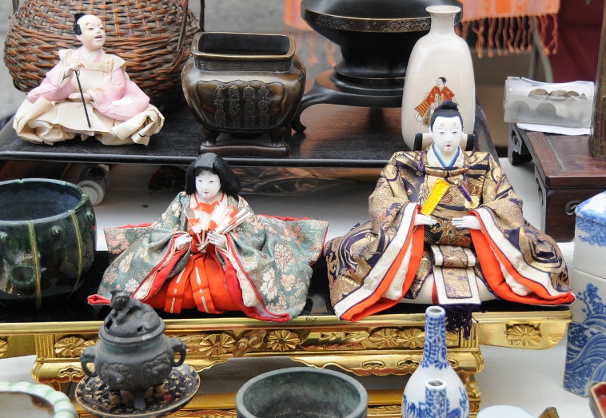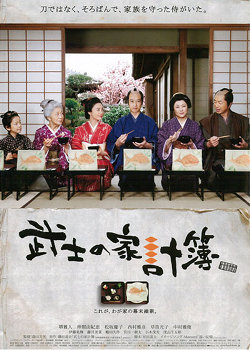Kyoto has 10 sister cities, and one of them is Paris. The idea behind sister cities is to foster cultural exchange, so, last Saturday there was La Nuit Blanche, the white night in Kyoto. For the third year already, there were exhibitions, performances and meetings of French and Japanese artists throughout the city of Kyoto – and Paris as well. The opening ceremony, starting at 7 pm. with the French minister of culture, took place at the Kyoto Manga Museum (of all places), then there was a projection of art onto Kyoto City Hall, and then there were many small events in art galleries and other places around the city. 
I have to admit that I’m not very big on modern or performing arts – although I like photography and sculpture and make the occasional trip to see opera. Anyway, I decided to check out the white night regardless, and there happened to be an interesting performance in a house near Ebisu’s.
I arrived at the house – old Japanese style with a beautiful garden – shortly before one show, and as we were led through the house in a roundabout way to the stage, we had to pass through white woollen threads hanging from the ceiling or having been woven into something resembling spider’s webs. We took seats at the edge of a darkened room furnished only with tatami; there were more threads hanging from the ceiling, and in the middle of the room something lay, covered with a black cloth.
All of a sudden, music started, spotlights came on, and the “thing” began to move. There turned out to be a woman underneath the black sheet, dressed in white, with straight black hair and white makeup (like the one geisha wear) on face and arms, who was “chained” to the ceiling with the wool. She began to move more vigorously, finally broke her chains and disappeared though a side door. The whole performance took less than 10 minutes. As I said I am not very big on modern art, and this one made me shiver… All the time I had the feeling the creature was evil and rightfully in chains, and when she had escaped, that something very dangerous was now at large.
My housemate later explained that this was a special type of Japanese performing art, that it originated some time after the war and that it is centred on depicting primeval forces and on evoking feelings of fear in the spectators. It certainly did that for me, and probably for the Japanese spectators as well, as they were leaving very quietly, nobody clapped or gave any sign of appreciation of the actress. It was interesting, but more interesting it would be to find out why the Japanese are all so fond of ghost stories…

